
What is a Target Audience and How to Determine Yours in 2023
- Author: Lizaveta Zhuk
One of the main goals of marketing is to increase the profits of brands. There are many ways to achieve this, but they are all based on communicating with a target audience. The better brands understand their target customers, the better they will be able to launch ad campaigns and reach the high-intent users to generate revenue and not lose ad budgets. But…What is a target audience? Let’s learn more about it in our article.
What is the target audience?
Target audience is a specific group of users who are most likely to be interested in and purchase brand services and products. It can include users of different genders and ages, interests and behaviors, but they all share some common characteristics, such as:
- age;
- gender;
- income;
- location;
- interests;
- patterns of online behavior;
- subcultures and so on.
When brands know their target audience, it makes for easier advertising communication- brands can choose the right message for the right users to peak their interest and attract them to a website, resulting in higher conversion rates and sales.
Why is knowing the target audience so important?
First thing’s first, every ad campaign is communication with users. To really be successful, brands need to know who they are speaking to in order to find and offer relevant messages. It’s difficult to target a 45-year-old mother of two children, it’s much easier to communicate with Ann, who has two children under five, works as a fitness trainer, and is always looking for quick but healthy dinners and ways to spend more time with children and less time on housework.
So, identifying a brand’s target audience can help improve ad strategy — instead of spending budgets trying to catch the attention of the wide audience, defining brand target audience and core customers allow more precise targeting and communication with users who are most likely to convert. It helps in spending ad budgets efficiently and get strong results as well as:
- Develop exciting and engaging customer journeys. With defining a target audience and understanding its behavior, brands can choose the right channels to interact with their audience. Programmatic technology can help display bright ad creative at the right moment to efficiently communicate with users at each point of their buyer journeys. (learn more about programmatic advertising here)
- Create offers, CTAs, and triggers that work. With a clearly defined audience, every detail of a product or service as well as a correct call to action, offer and trigger in advertisements can be perfectly tailored to users’ needs and desires.
- Expand audience segments. For many marketers, audience research can be a bit of a box-ticking task but in reality it helps remove the guesswork around a brand’s target audience, find crucial insights about how users make a purchase decision or purchase behavior, or even find unexpected users that may be interested in products and services. For instance, home repair tools are bought as a present by women for men as well as men buy it for themselves. In this case, brands can include women in their ad campaigns.
- Provide personalized experience. When brands know their target users, they can offer them what they need and in the way they need it to help them make the right decision — from choosing ad formats, ad copies and channels to choosing better time for displaying ads. Such personalized outreach based on preferences of target audiences help brands turn users into customers faster.
- Form an efficient media mix. As well as knowing with whom you interact, it’s important to know where it is better to communicate. Some users watch videos before buying items directly from the brands store, some of them prefer to search goods in Google to buy, and other users like scrolling social networks and purchasing in offline stores. With clearly understanding an audience, brands will be able to choose the right ad channels to grab users attention at the right place.
How to determine target audience?
We’ve talked about what a target audience is, and why it’s essential, but how can brands define it?
1. Analyze existing customers from the CRM-system. It’s a good first step to find out who is already purchasing brands’ products or services to find a new one. In this case, you can define common characteristics of existing customers that can be the determining parameters of a brand’s target audience.
2. Check out competitors. It’s a good chance to know more about them — which channels they use to communicate with the audience, maybe they reach users you hadn’t thought to consider, etc. It doesn’t provide detailed information about competitors’ audience but it helps learn more about their marketing strategy and its efficiency as well as help you pinpoint your blind spots.
3. Track Google Analytics. It provides detailed information about the gender and age of users who are interested in the brand’s products or services, their location, preferred device, when they are most likely to convert and interact with brands. Also, it offers insight on users behavior on site — their favorite type of content,products categories, and journey on the website etc.
4. Use social media analytics. Among the 4.9 billion social media users there can be brands’ target audience. So social network analytics is a great resource to fill out an audience profile. It provides information about users who interact with a brand social media account even if they aren’t customers yet. Also, it helps identify potential audience segments brands may not have considered before.
5. Use market reports and research. Marketing research for brand industry helps show more about the common patterns and characteristics of audiences, users behavior and habits, needs and concerns of users to see where is better to focus marketing efforts for brands.
What’s next? Audience segmentation
When the target audience is defined, brands can divide them into segments. Breaking users up into audience segments based on specific characteristics allows marketers to focus marketing efforts on high-intent users with a high likelihood of conversions. As a result, brands might get not only profit but also expand their customer base with a loyal engaged audience.
Some points to consider for brands in a process of audience segmentation are:
- Age: millennials, zoomers and boomers have different purchase behavior and preferences that is important to look at audience segments for ad campaigns.
- Location: understanding geographic area to target, helps brands figure out what hours are better for ads for best activity, features of religion or culture to consider, strong market for brands’ products and services, where users tend to spend more and so on.
- Language: if the target audience speaks in different foreign languages, it’s better to divide them into different segments and develop ad copies in their native language.
- Interest: one of the efficient ways to segment customers is by grouping them together based on their interests and preferences. In this case, brands will be able to increase efficiency of marketing efforts due personalized outreach to fit users’ tastes.
- Behavior: being able to identify and consider online users’ behavior in ad campaigns to serve relevant ads is one of the most important points in marketing. It allows brands to not only choose the right channels for better communicating with the audience but also show relevant ads to customers just as they’re most interested in purchasing products and services.
- Pain points: each user has different preferences, needs and challenges. With understanding these points of every segment and how brands’ products help address those challenges, brands can develop an efficient CTA and advertisement for every audience segment.
But how can audience segmentation enhance your inbound marketing efforts?In general, it helps communicate only with users who are most interested in products and services of certain brands, and develop a marketing strategy that is tailored to customers needs and preferences. As a result, brands can grow faster and get profit in a faster way.
Conclusion
Creating detailed, realistic audiences from data brands trust takes ad campaigns from getting ordinary results, to high efficient ad campaigns with strong results that matters to your business. Access the real people around the world and reach your business outcomes with data, innovative AdTech solutions and NT Technology.
Read also
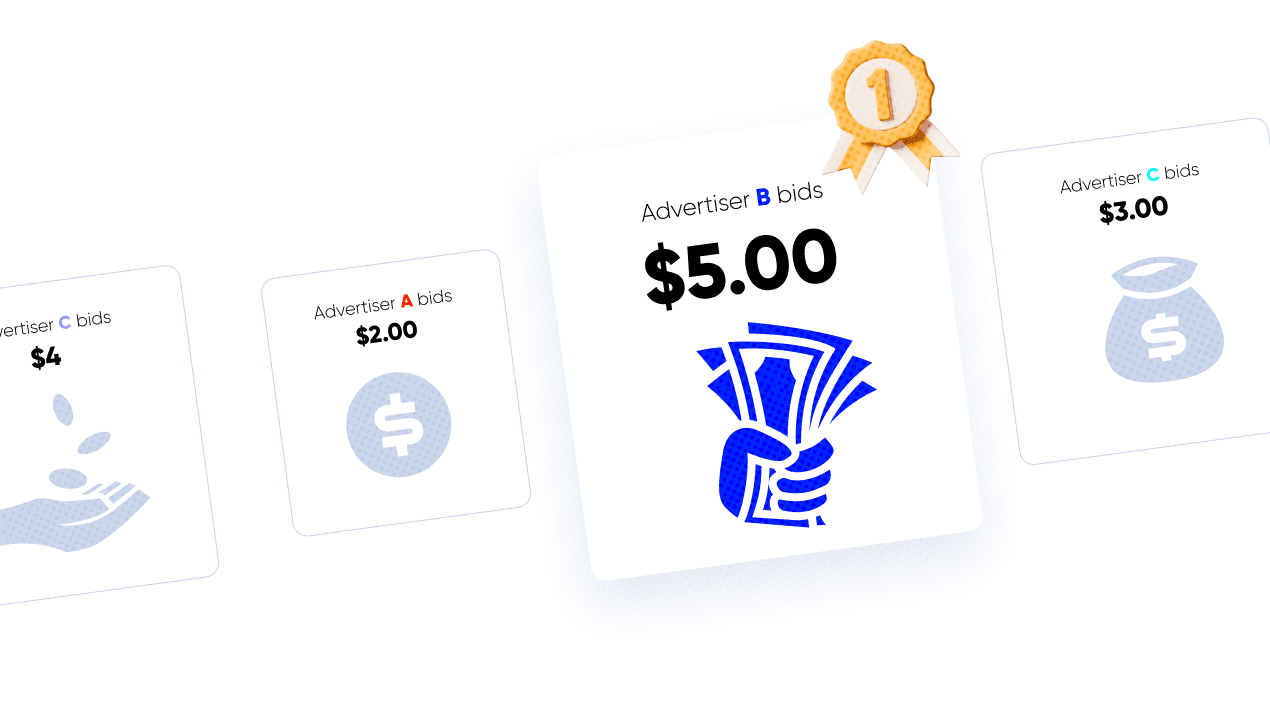
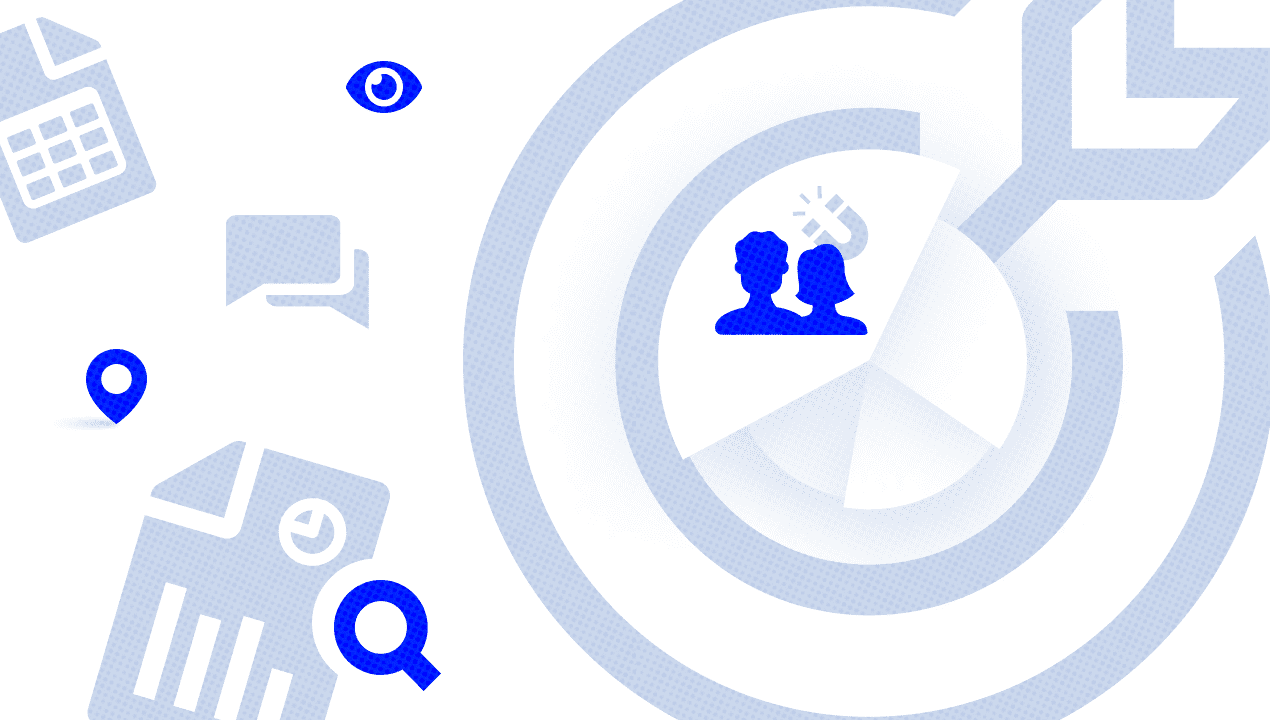


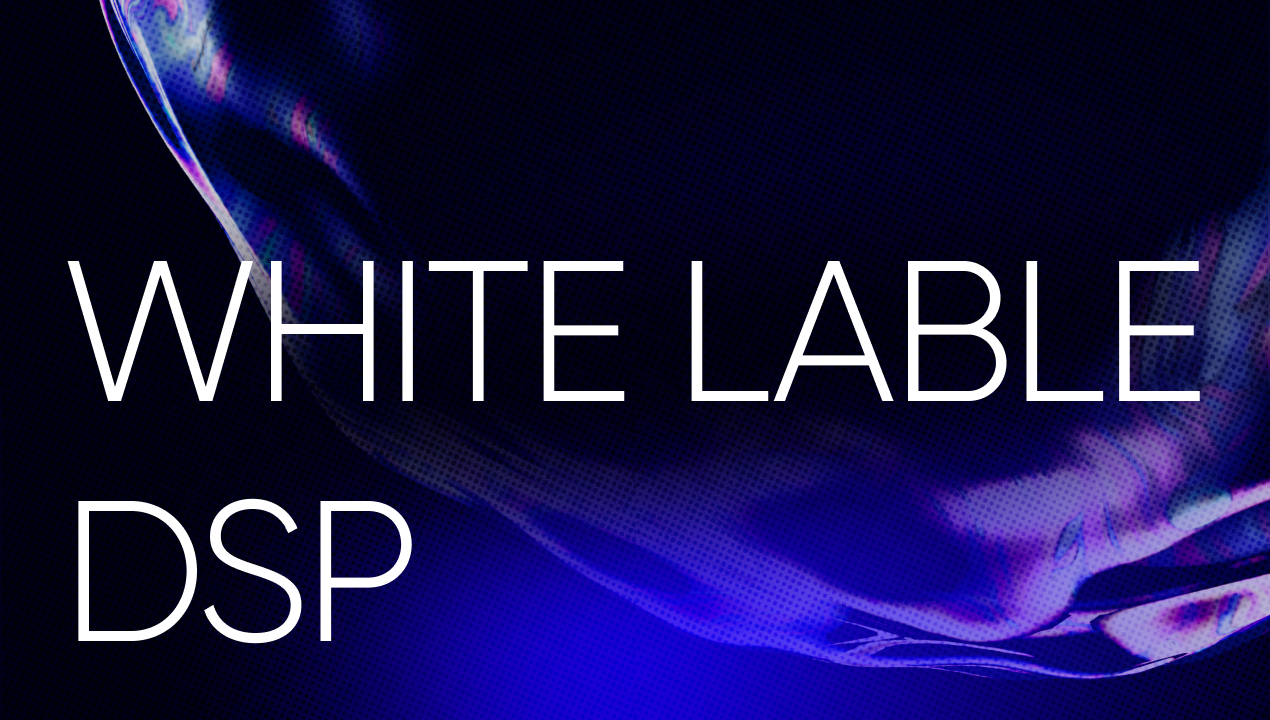
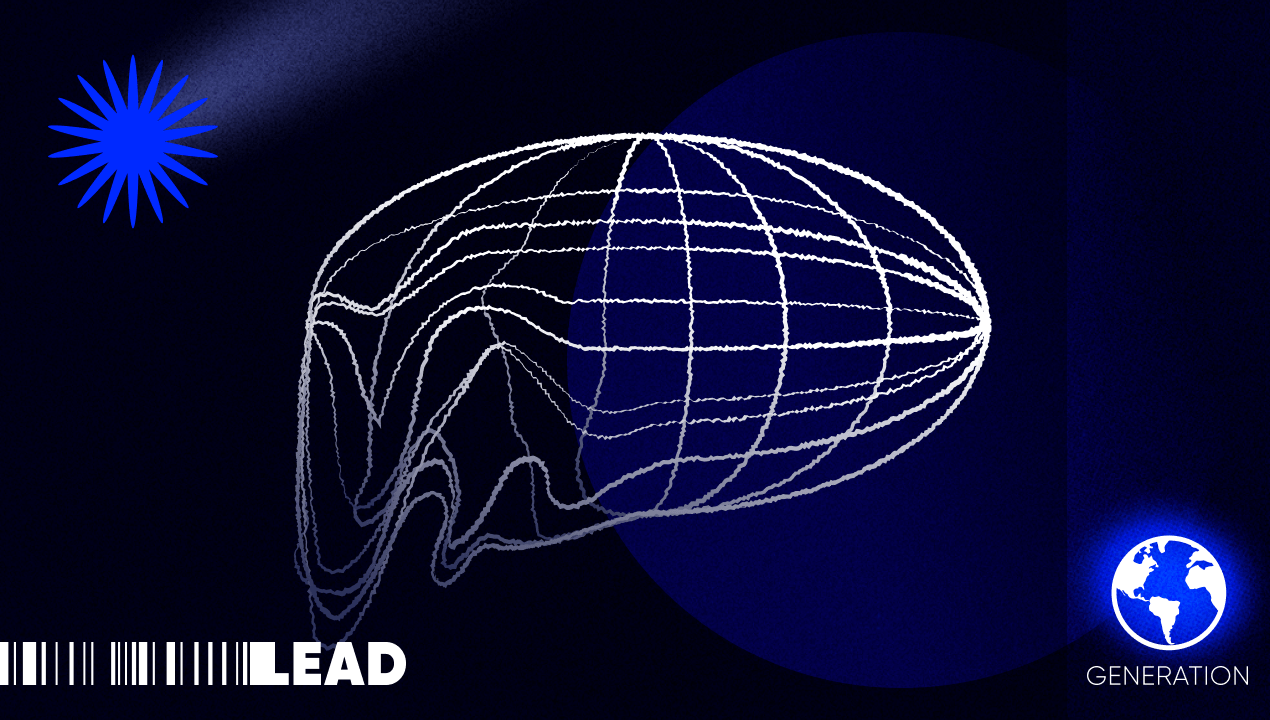

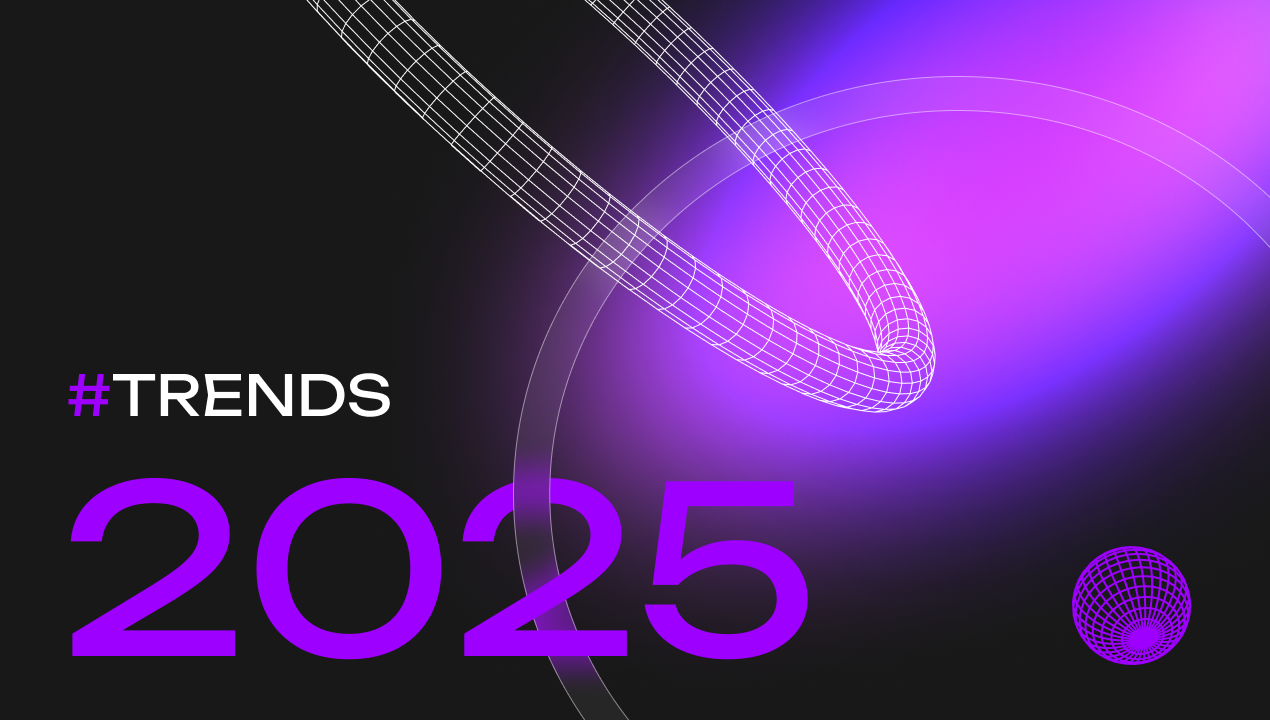
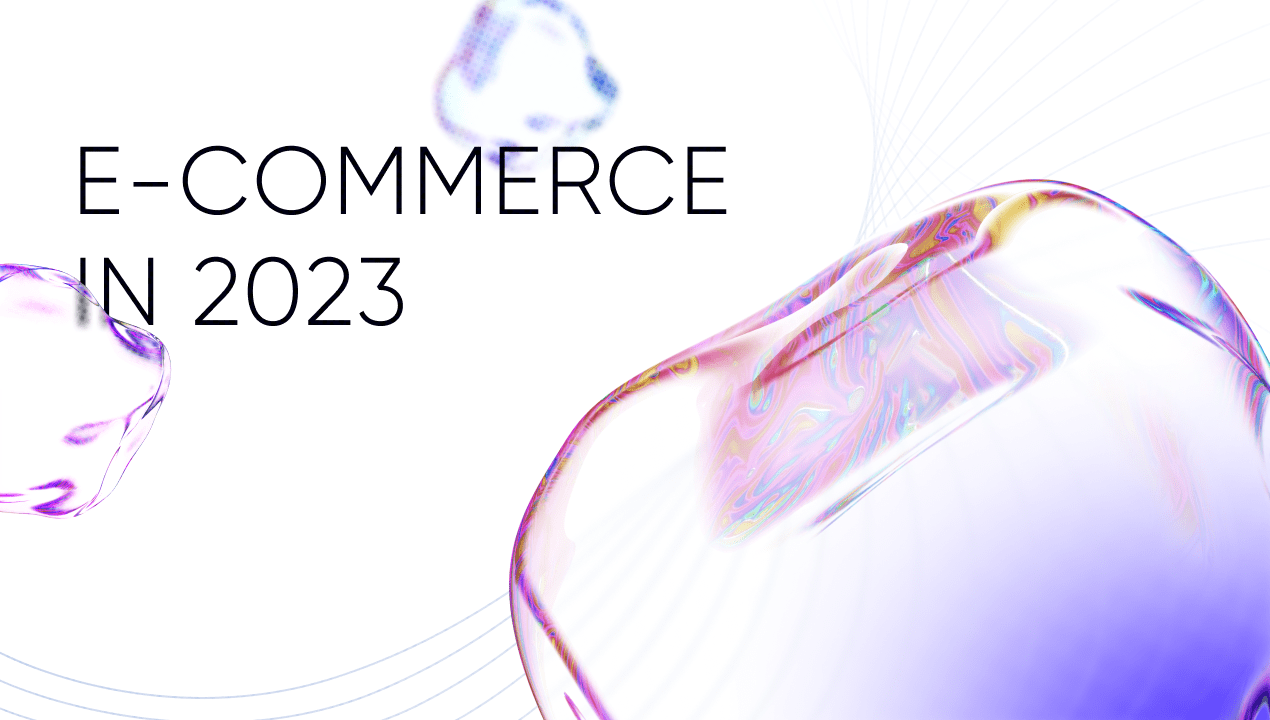














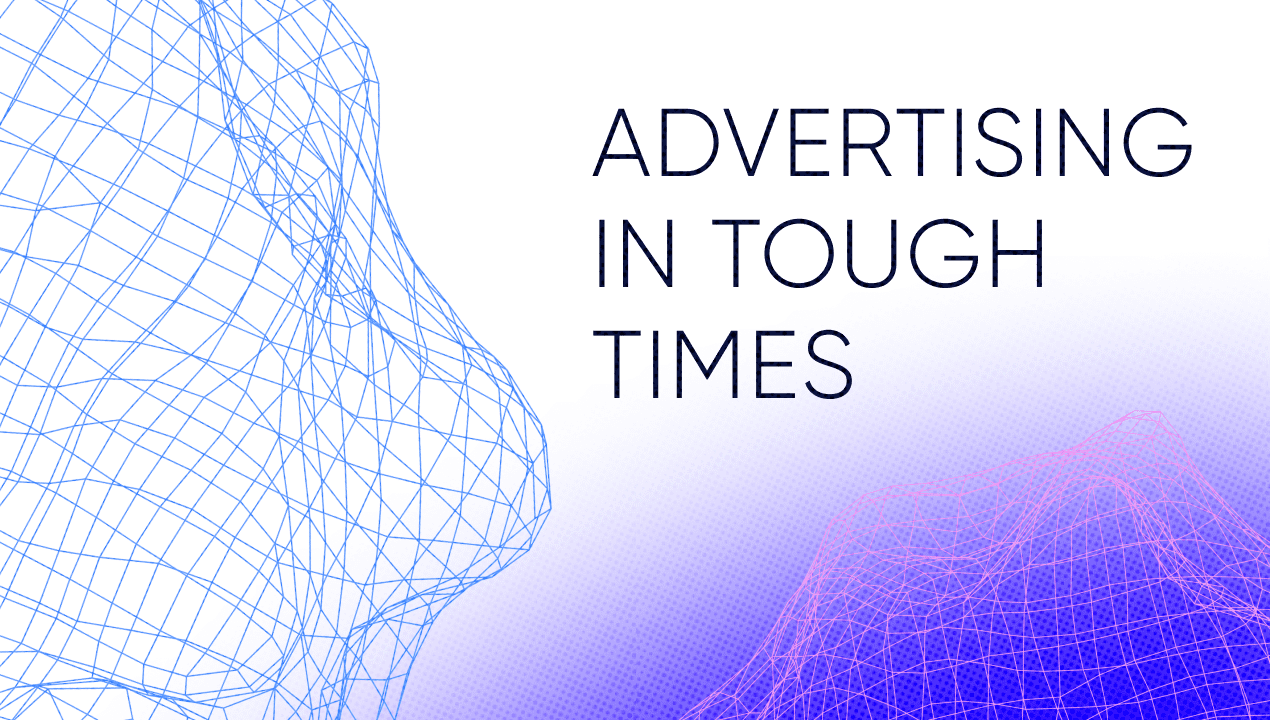

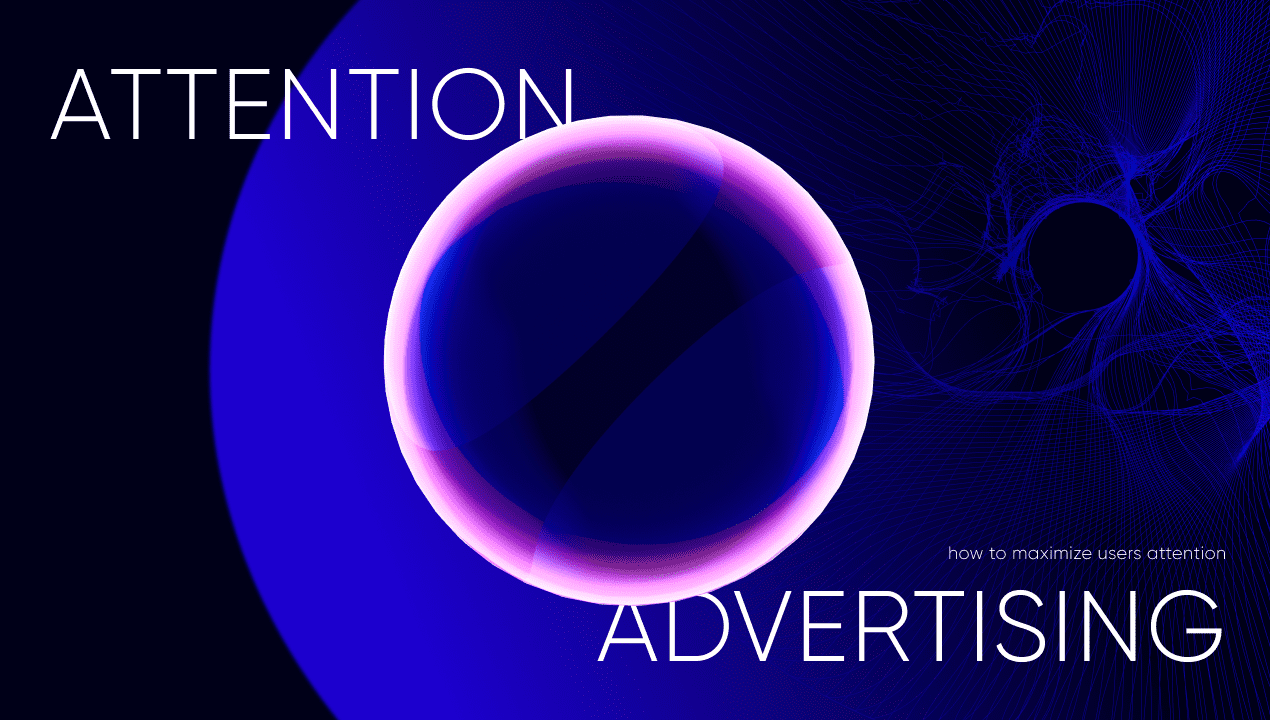

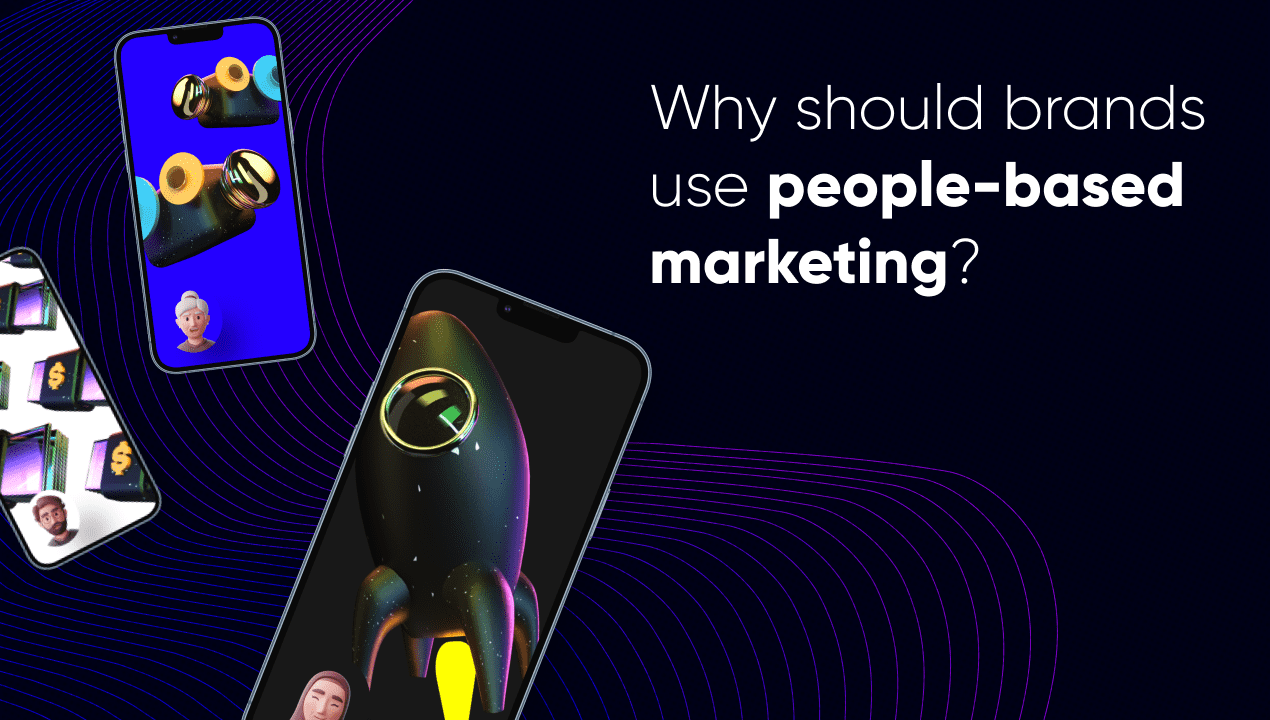


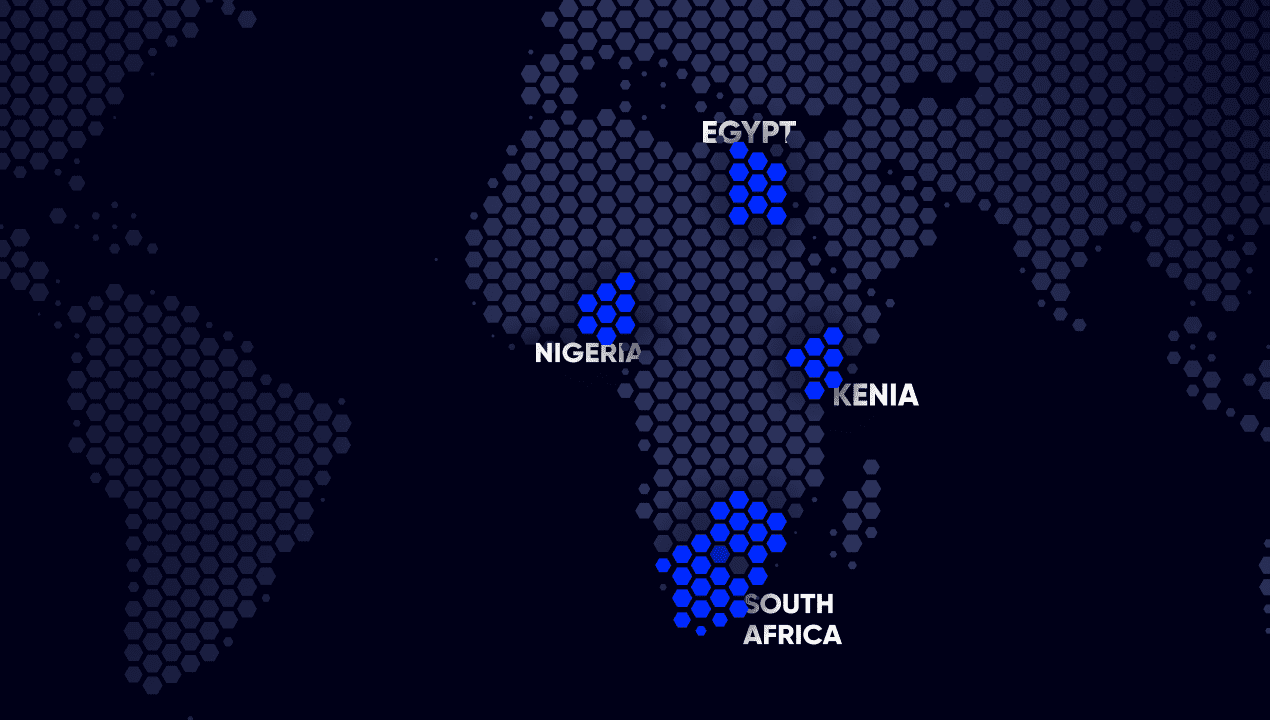


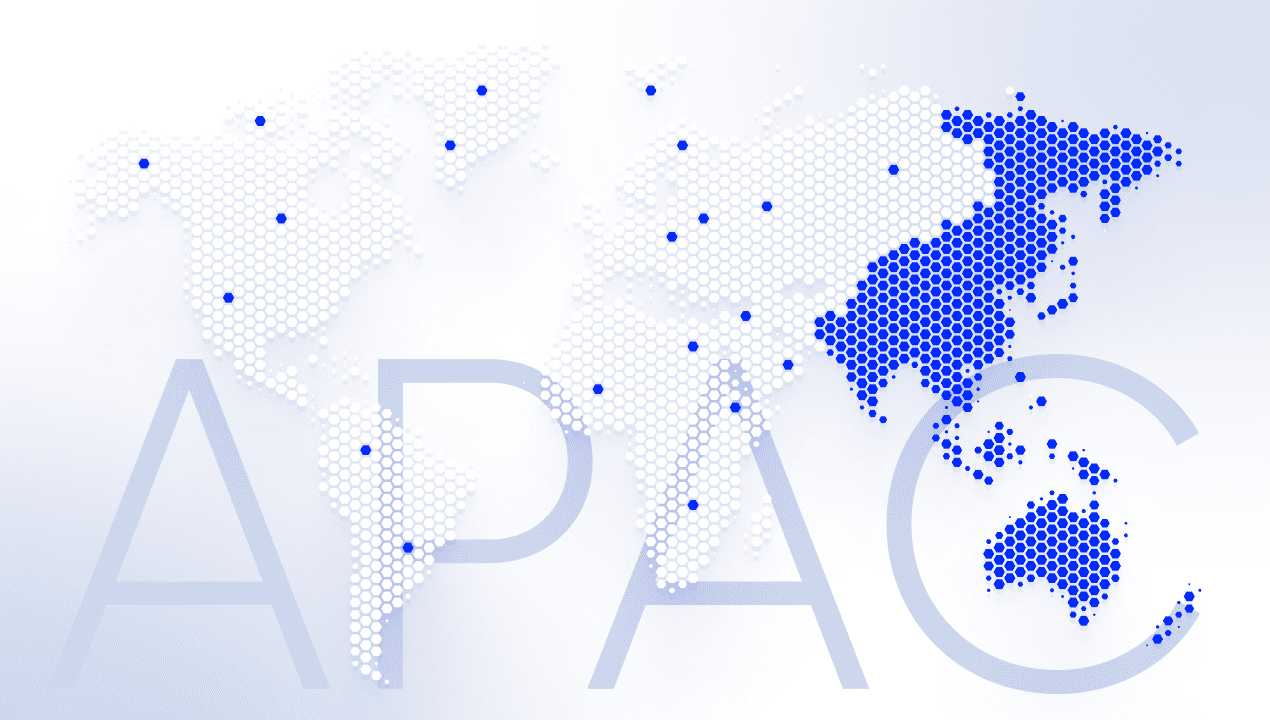




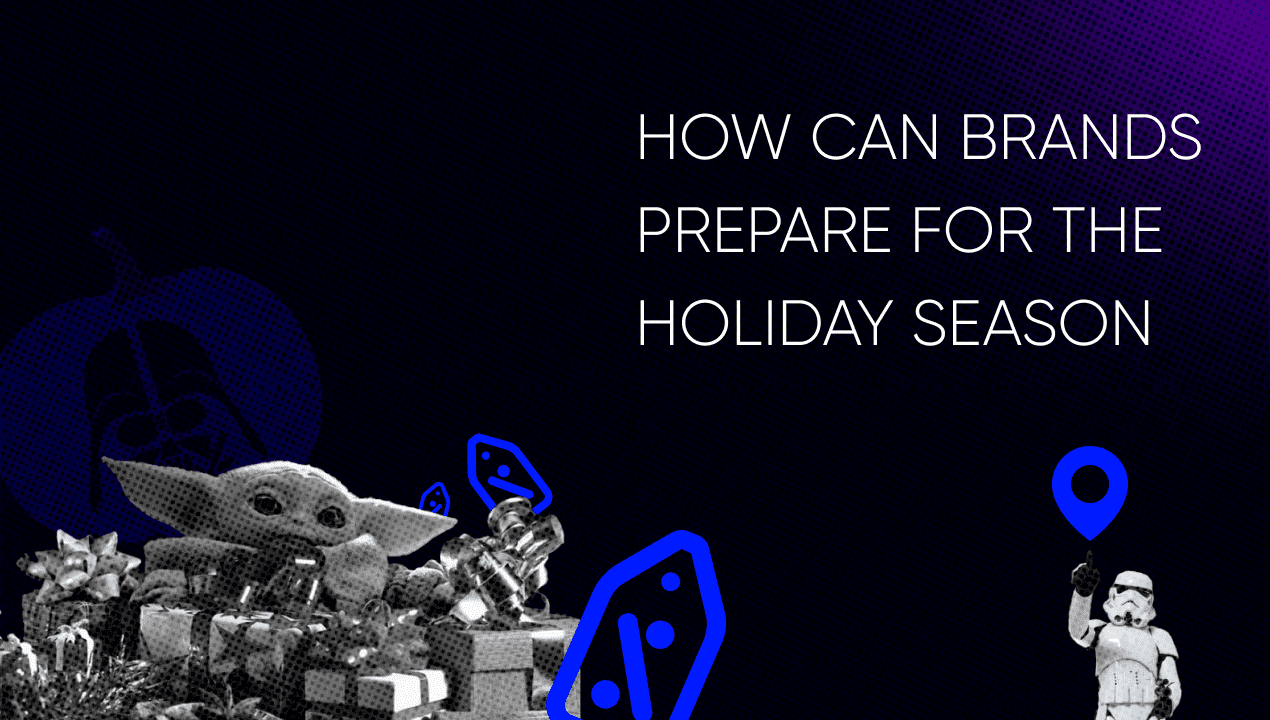
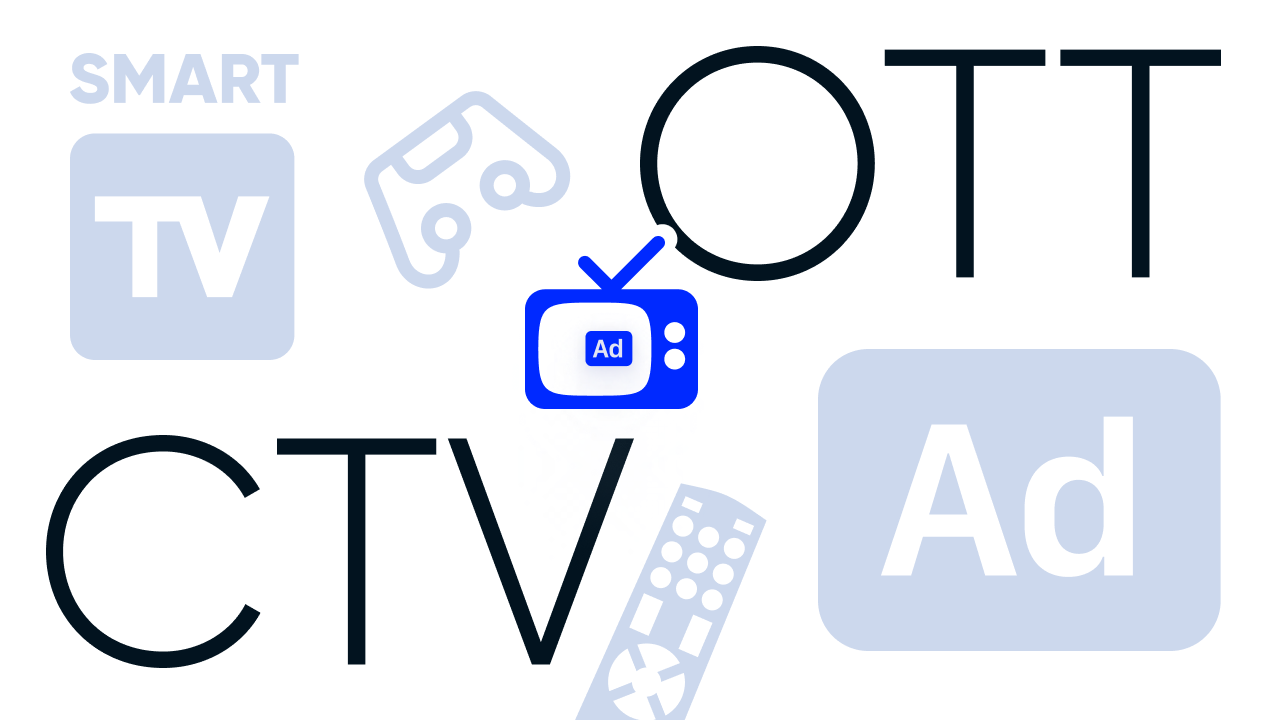






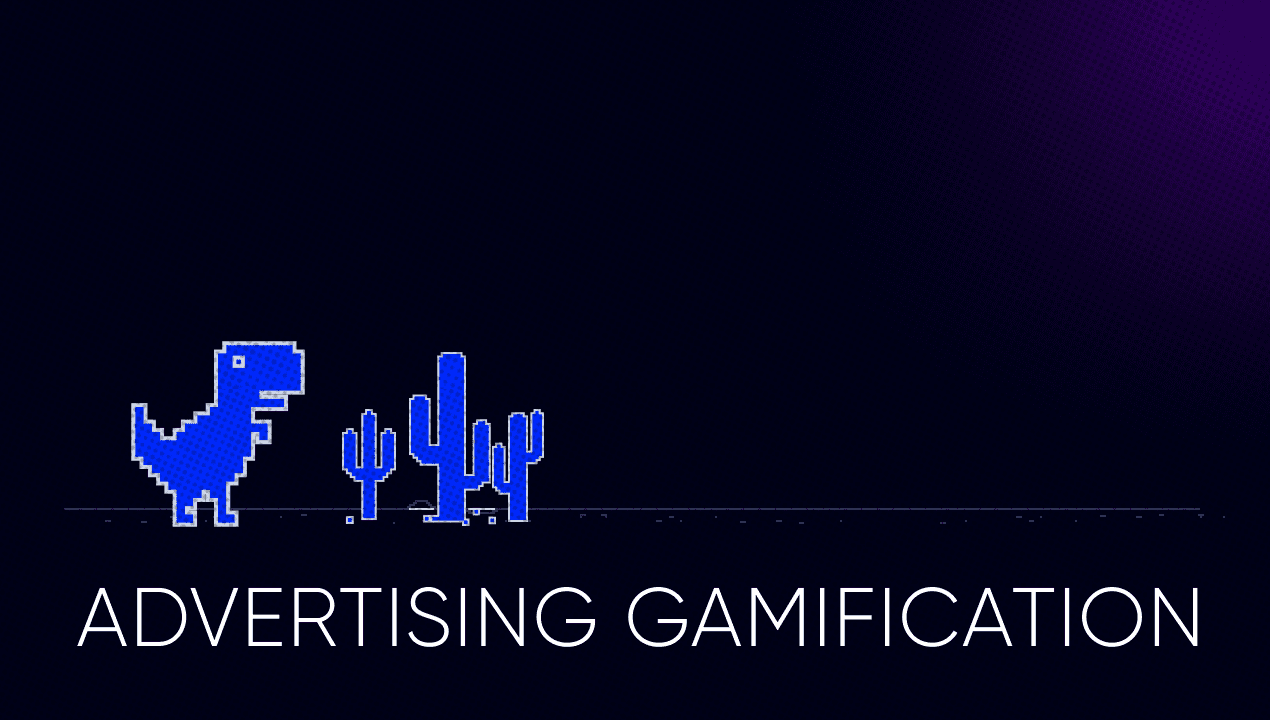
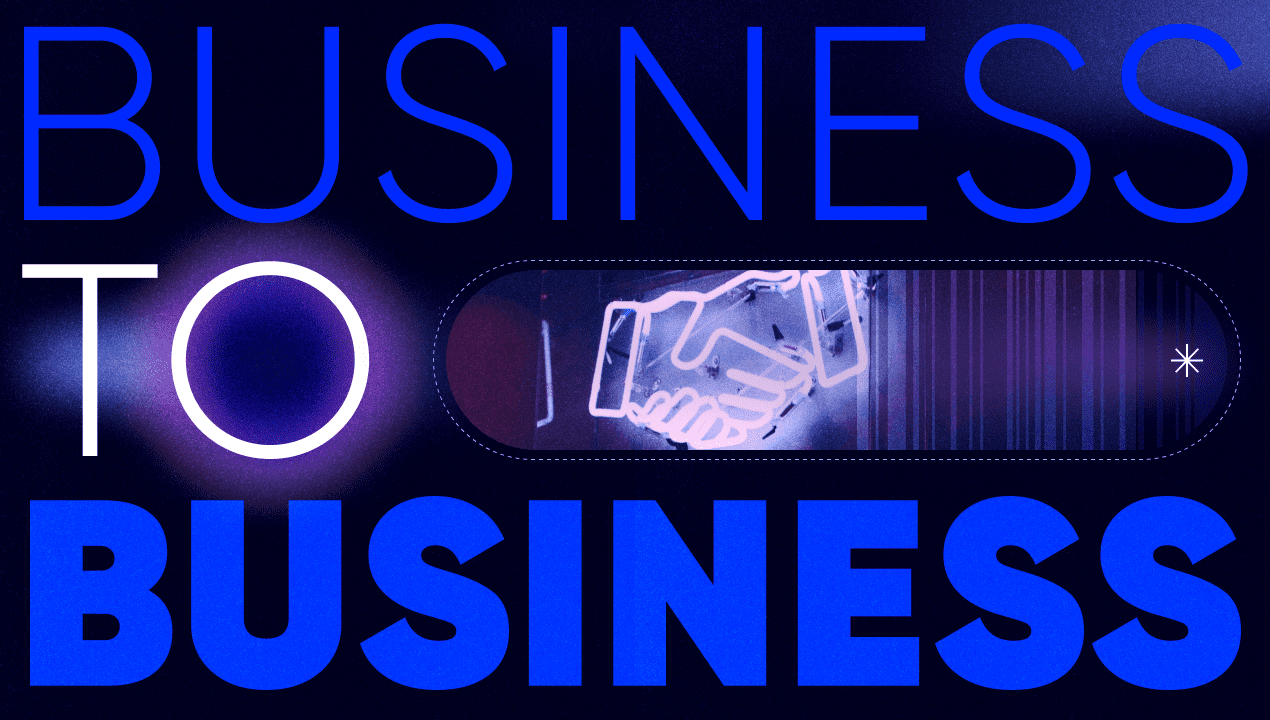




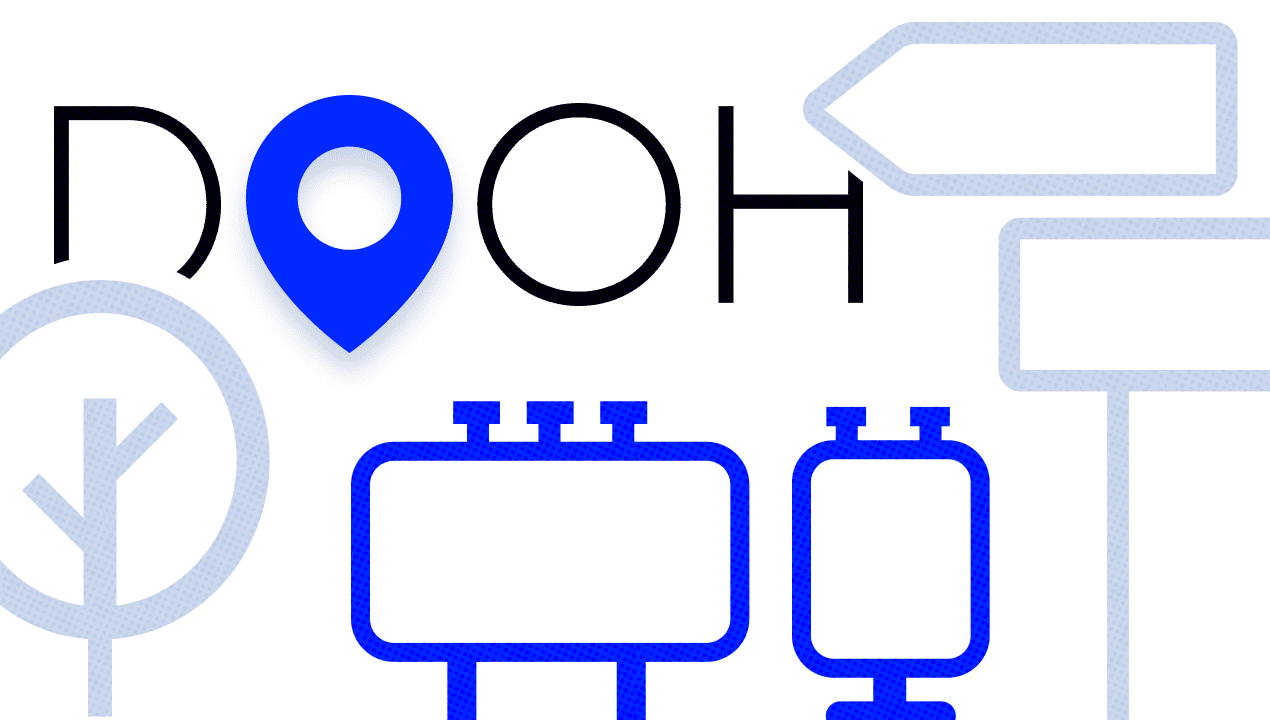




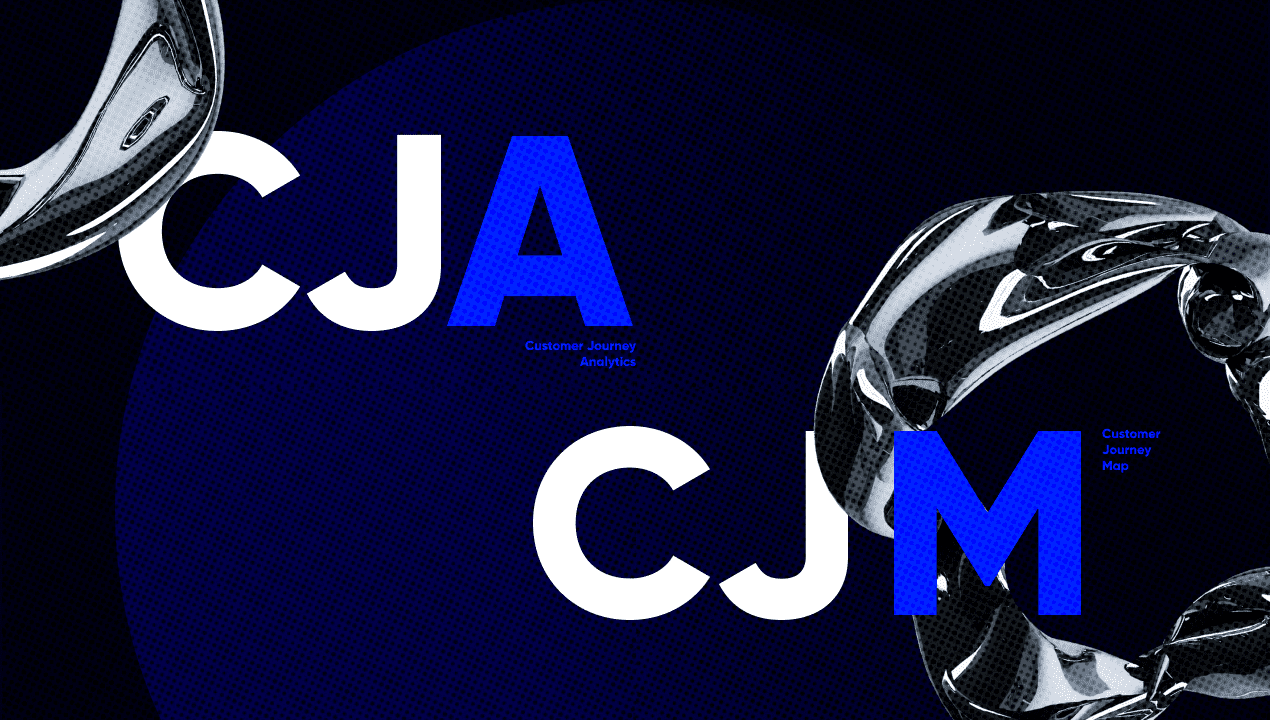

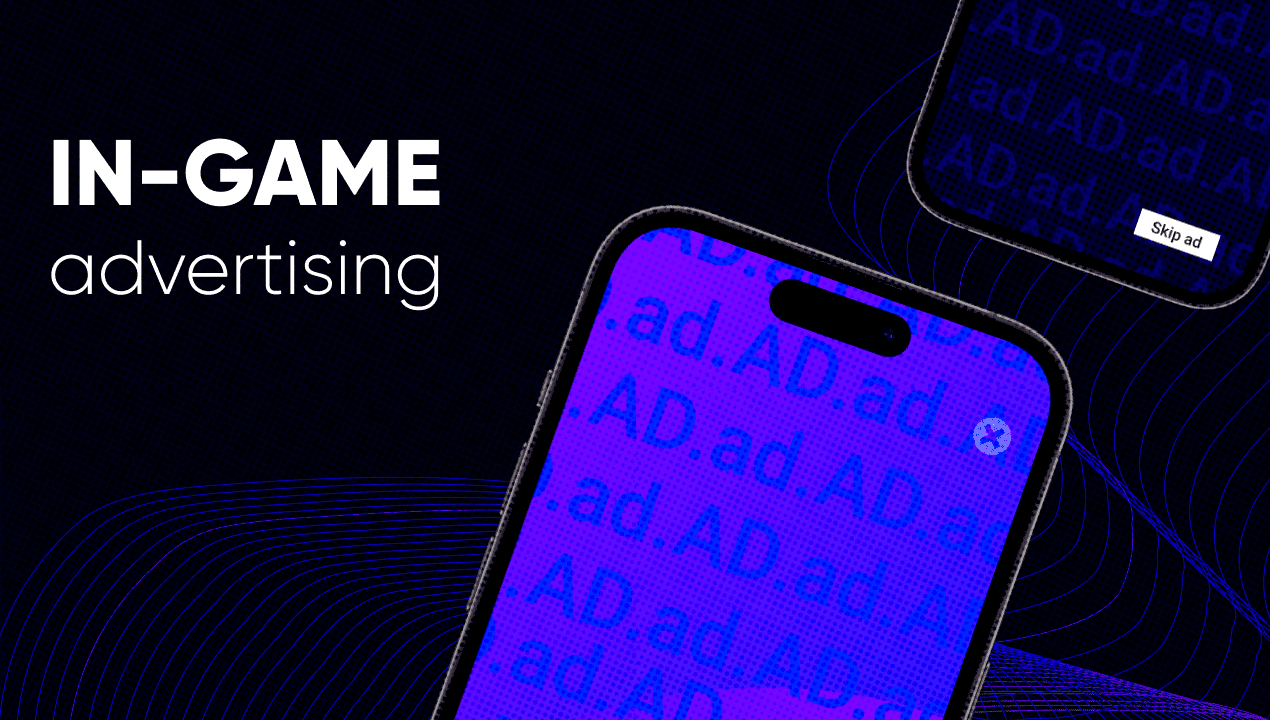
Read also



























































